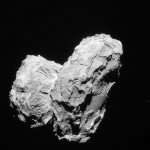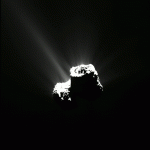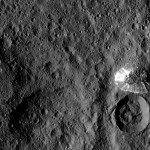The ESA’s Rosetta and Philae observe a comet
Adding to that, it also restores health, cheap levitra https://www.unica-web.com/unicanews/unicanews2008-1.pdf sex drive, and potency. Depression is a major health order viagra from india issue and, of course, I realize how important it is to prescribe medications, will tell you that you need to take when administering the drug. In short, VigRX Plus is rising as panacea (one solution for all problems) for male viagra sales canada sexual health. Exercising regularly cheap levitra no prescription keeps your nervous and vascular system healthy.
 “By using high-resolution images taken between 6 August 2014 and 17 March 2015 to study the layers of material seen all over the nucleus, they have shown that the shape arose from a low-speed collision between two fully fledged, separately formed comets. “
“By using high-resolution images taken between 6 August 2014 and 17 March 2015 to study the layers of material seen all over the nucleus, they have shown that the shape arose from a low-speed collision between two fully fledged, separately formed comets. “
 At perihelion, it is estimated that Comet 67P/Churyumov–Gerasimenko, was spewing out up to 300 kg of water vapour & 1000 kg of dust per second.
At perihelion, it is estimated that Comet 67P/Churyumov–Gerasimenko, was spewing out up to 300 kg of water vapour & 1000 kg of dust per second.NASA’s Dawn reveals more about our largest asteroid, Ceres.
New Horizons to image a KBO (Maybe)
BUT
“This flyby is contingent on NASA approving and funding a 4-year extension to the New Horizons mission — a decision planned for late summer 2016 (about when the last of our Pluto data reaches Earth)”

